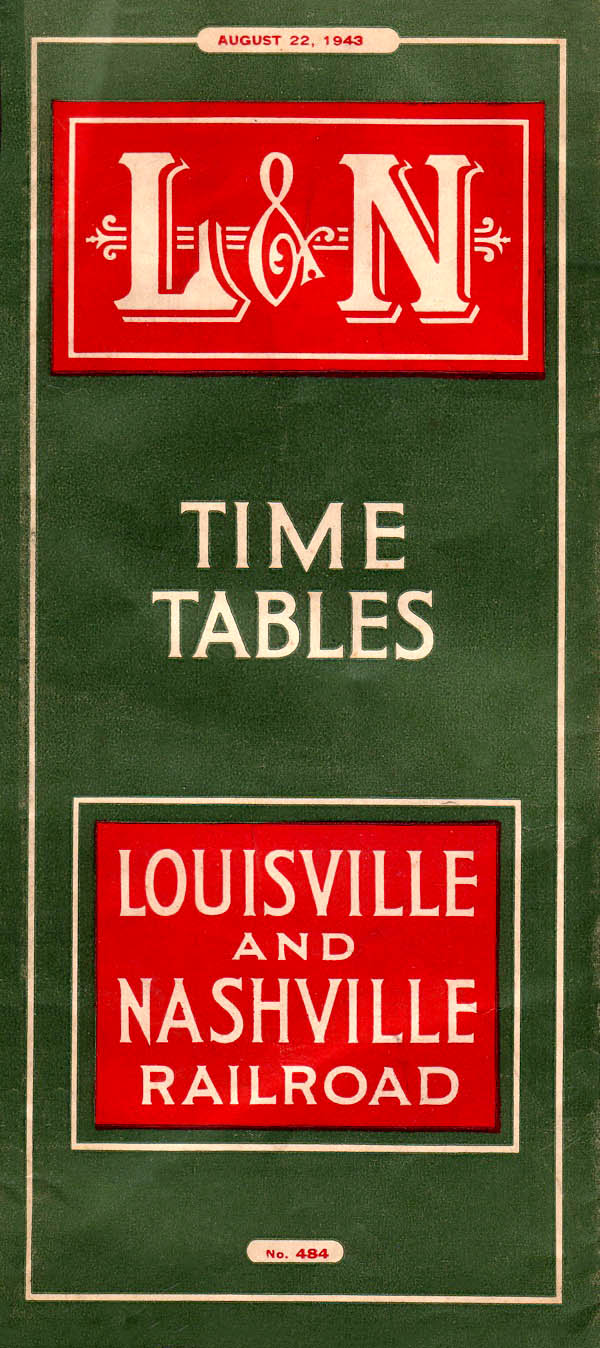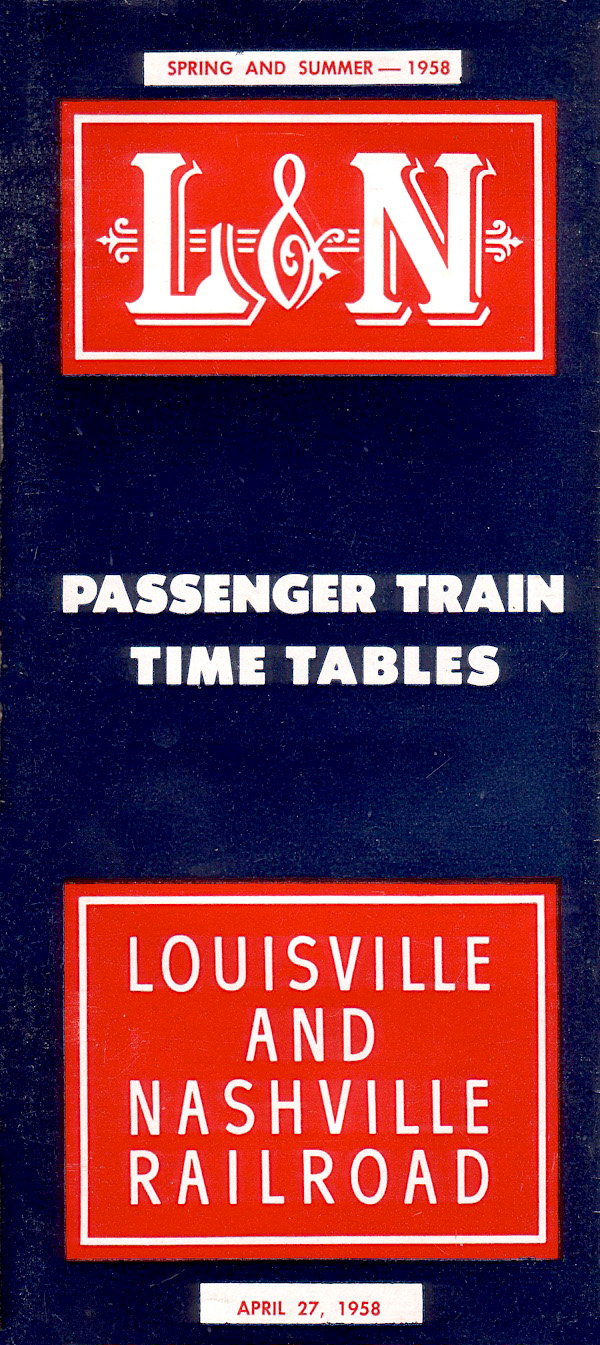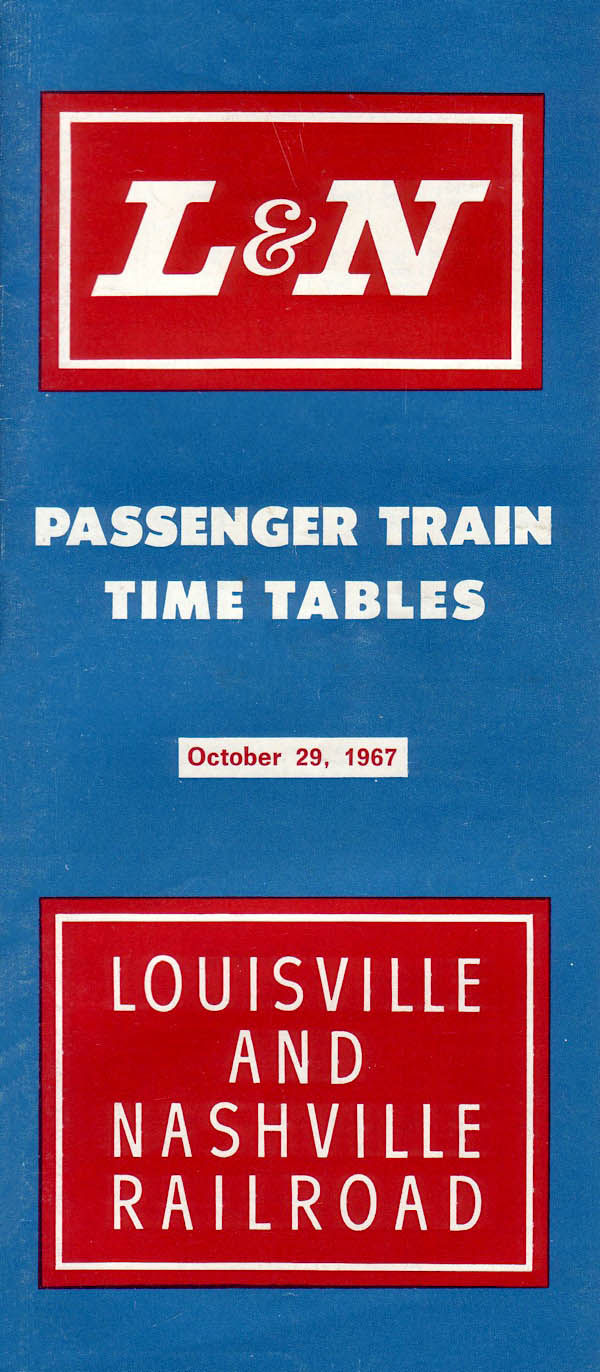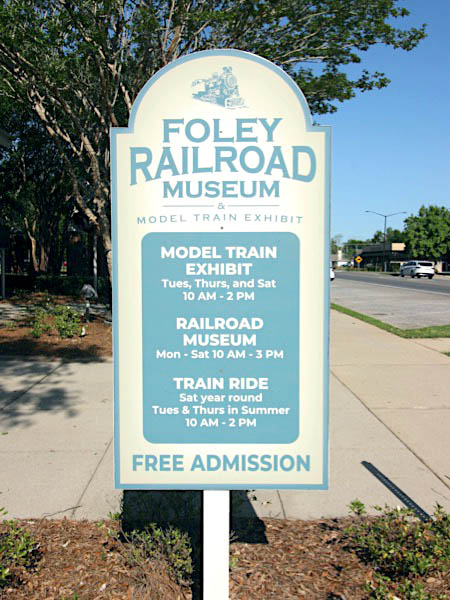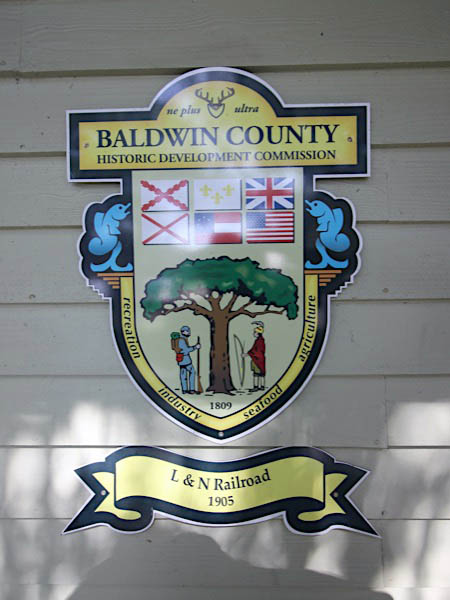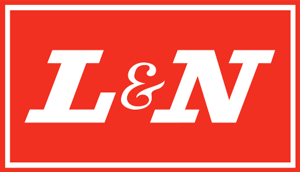
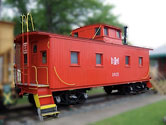




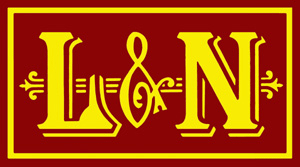 Foley Railroad Museum
Foley Railroad Museum
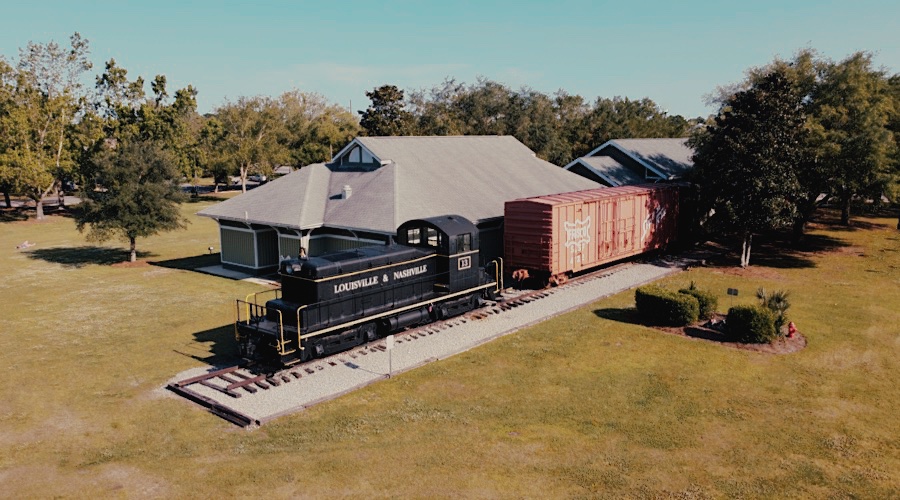
Foley, Al / Apr 2022 / RWH

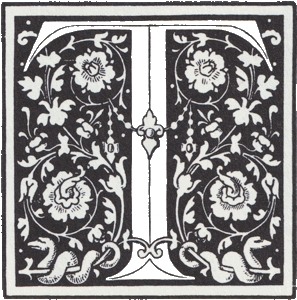 he first railroad depot was built on site in 1905 when the Bay Minette-Fort Morgan Railway was formed. Mr. John B. Foley, for whom the town is named, used some of his own money to extend the rail line to Foley from Bay Minette. When the extension was finished in 1907 it became the L & N Railroad. A fire destroyed the first station so a second depot was built in 1909. This is the building that stands today. Come and visit the historic depot to see photos, tools and memorabilia documenting Foley’s history and the important part the railroad played in developing this area.
he first railroad depot was built on site in 1905 when the Bay Minette-Fort Morgan Railway was formed. Mr. John B. Foley, for whom the town is named, used some of his own money to extend the rail line to Foley from Bay Minette. When the extension was finished in 1907 it became the L & N Railroad. A fire destroyed the first station so a second depot was built in 1909. This is the building that stands today. Come and visit the historic depot to see photos, tools and memorabilia documenting Foley’s history and the important part the railroad played in developing this area.
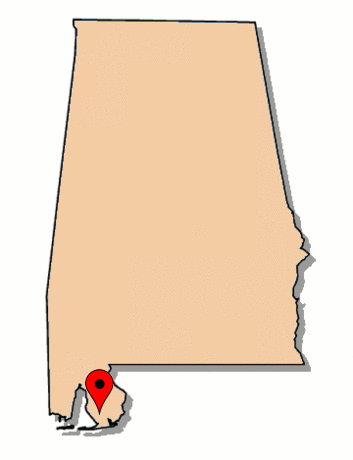
 he Foley Railroad Museum is housed in the former Louisville & Nashville Railroad depot that once served Foley, Alabama, in the state's coastal region east of Mobile. The museum contains railroad memorabilia related to the region and also features a large O Scale model railroad developed by members of the "Foley Caboose Club." Outside, the museum is home to a short display train anchored by a preserved Lousiville & Nashville switcher. The town of Foley was the southern terminus of a 35-mile L&N branchline extending from Bay Minette along the busy Mobile-Flomaton main. The branch had been developed as a shortline before incorporation into the L&N network in 1907, but was abandoned in the 1970s, well before the formation of CSX Transportation.
he Foley Railroad Museum is housed in the former Louisville & Nashville Railroad depot that once served Foley, Alabama, in the state's coastal region east of Mobile. The museum contains railroad memorabilia related to the region and also features a large O Scale model railroad developed by members of the "Foley Caboose Club." Outside, the museum is home to a short display train anchored by a preserved Lousiville & Nashville switcher. The town of Foley was the southern terminus of a 35-mile L&N branchline extending from Bay Minette along the busy Mobile-Flomaton main. The branch had been developed as a shortline before incorporation into the L&N network in 1907, but was abandoned in the 1970s, well before the formation of CSX Transportation.
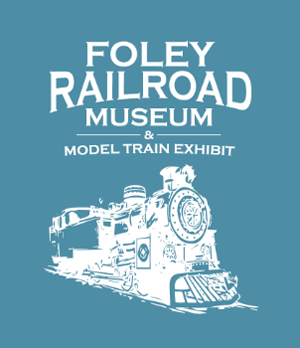 When L & N discontinued service to Foley, it planned to demolish the station. John Snook, owner of Gulf Telephone, bought the building for one dollar and moved it to Magnolia Springs for use as a warehouse. In 1991, Snook deeded the building back to the City of Foley and the depot returned to the original site.
When L & N discontinued service to Foley, it planned to demolish the station. John Snook, owner of Gulf Telephone, bought the building for one dollar and moved it to Magnolia Springs for use as a warehouse. In 1991, Snook deeded the building back to the City of Foley and the depot returned to the original site.
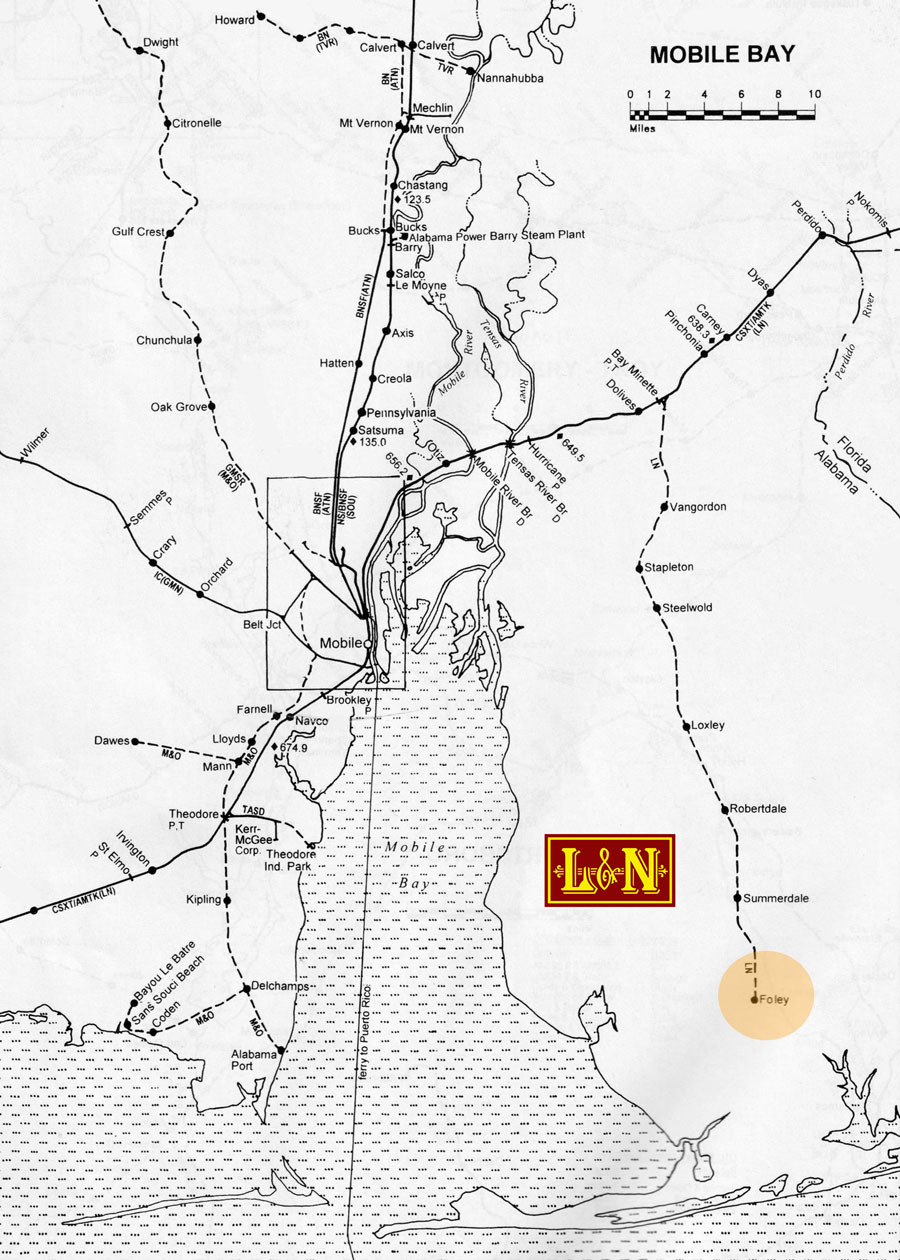
regional rail map / RWH
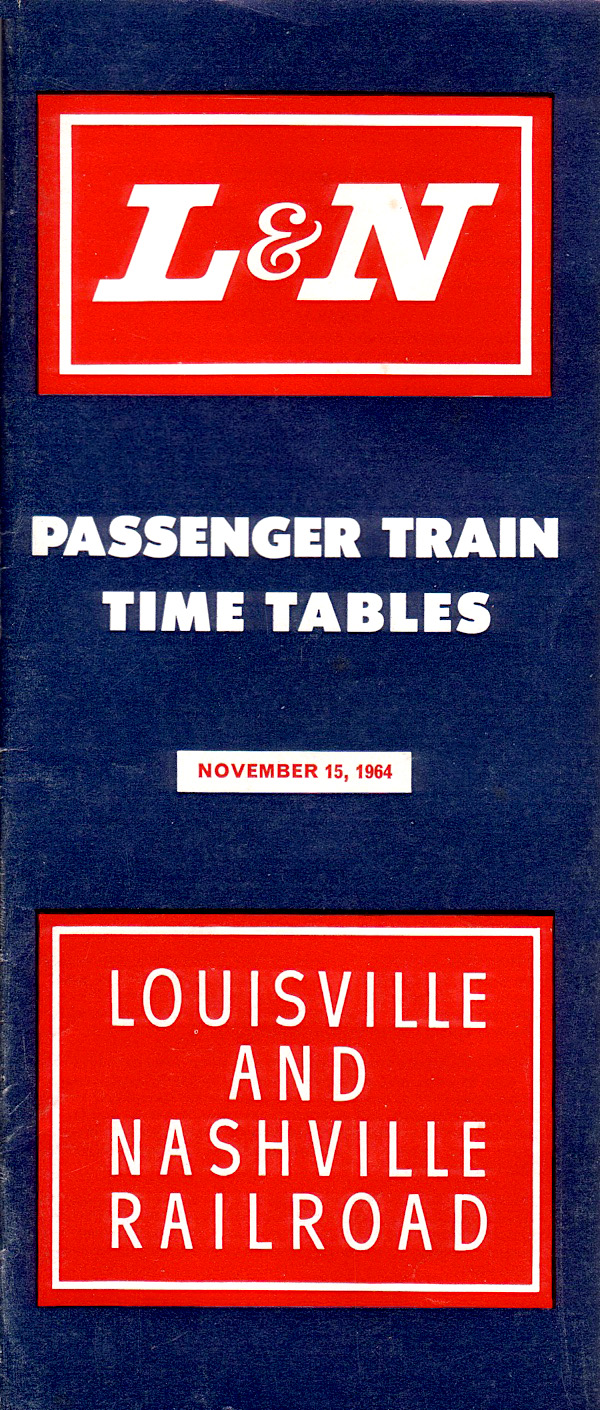
collection
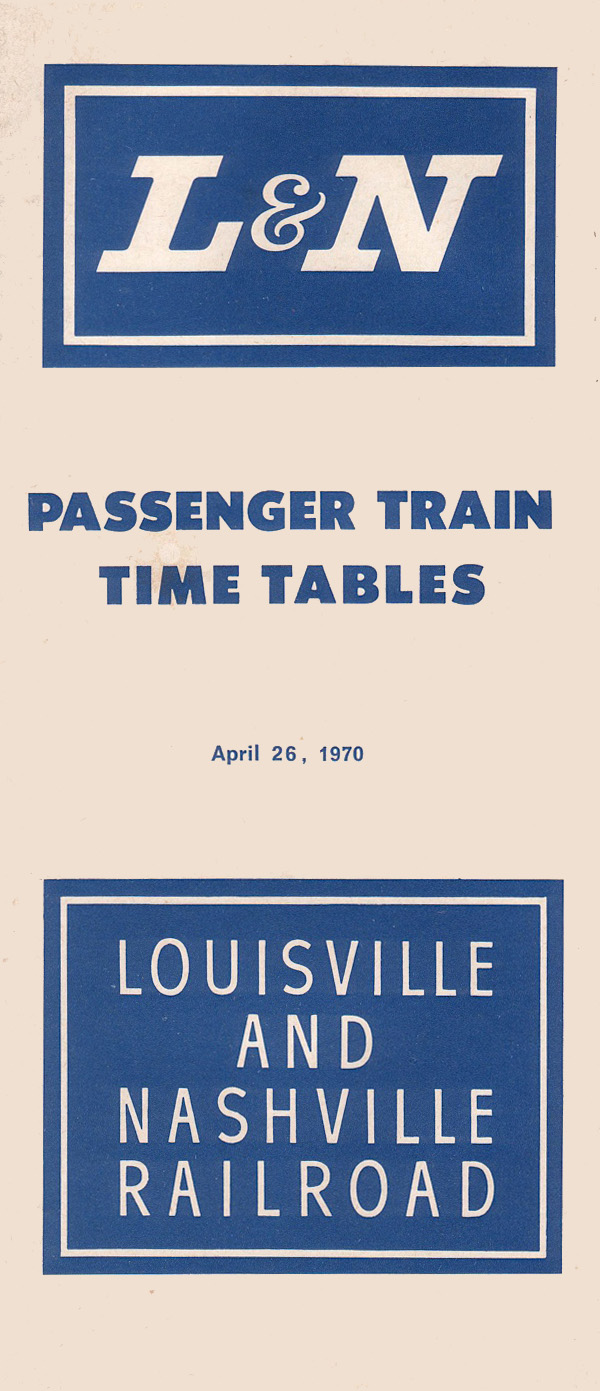
collection

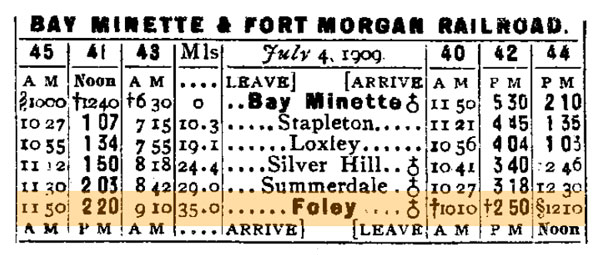
1910 Official Guide ad / collection
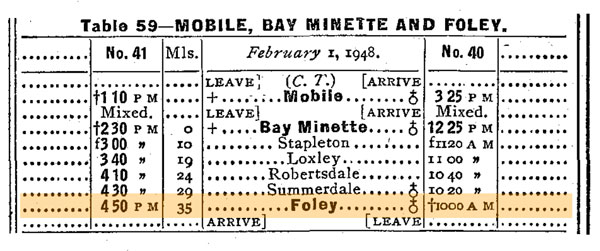
1948 Official Guide ad / collection
 Foley Depot
Foley Depot

Foley, Al / 1908 / collection
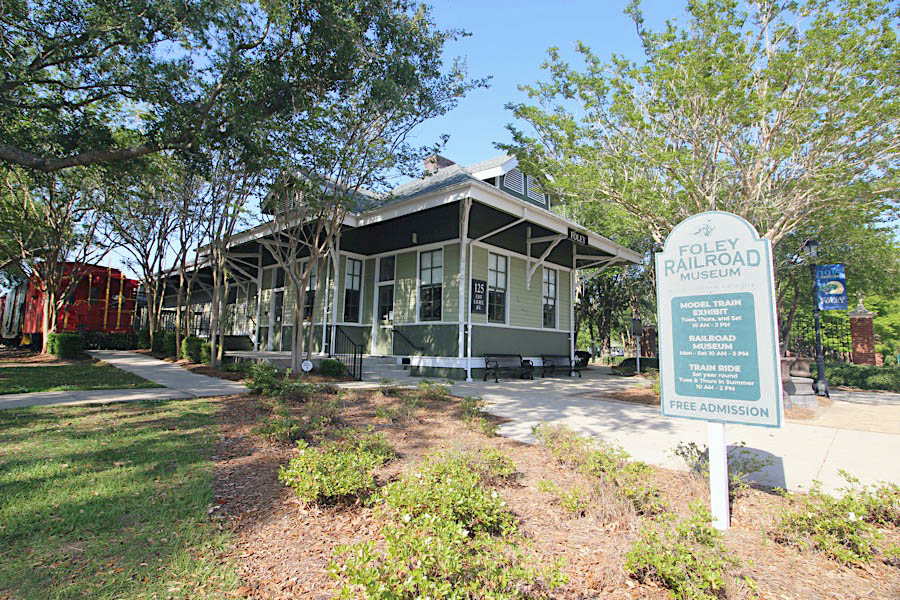
Foley, Al / Apr 2022 / RWH

Click to see the Foley Railroad Museum plotted on a Google Maps page

Foley, Al / Apr 2022 / RWH
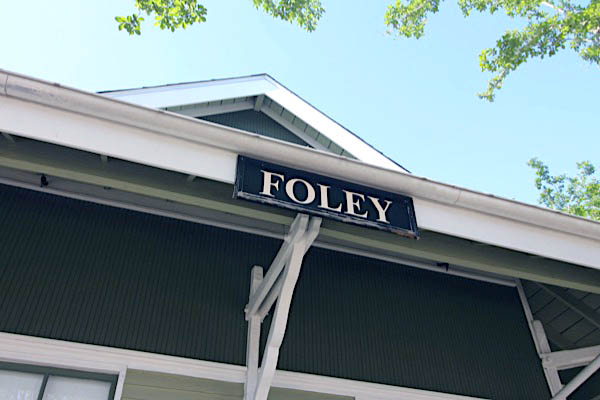
Apr 2022 / RWH
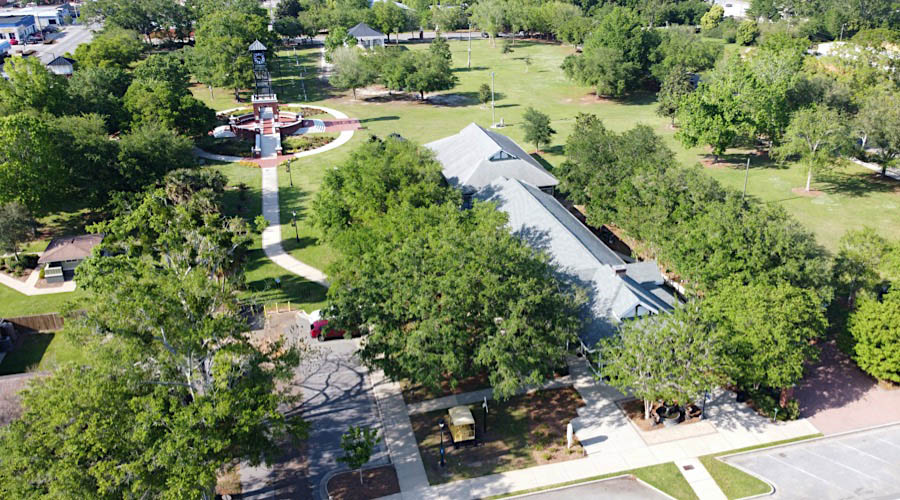
Foley, Al / Apr 2022 / RWH
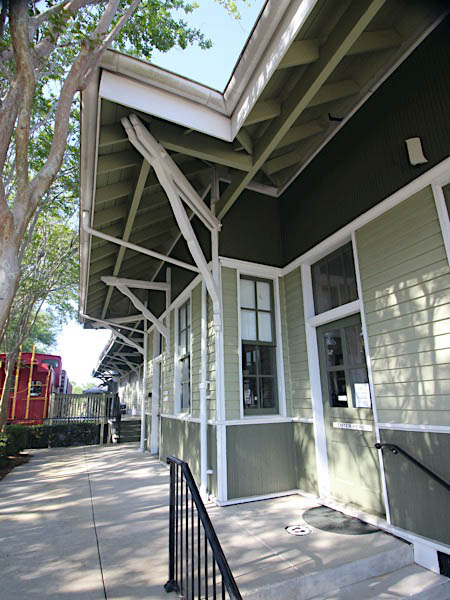
Apr 2022 / RWH
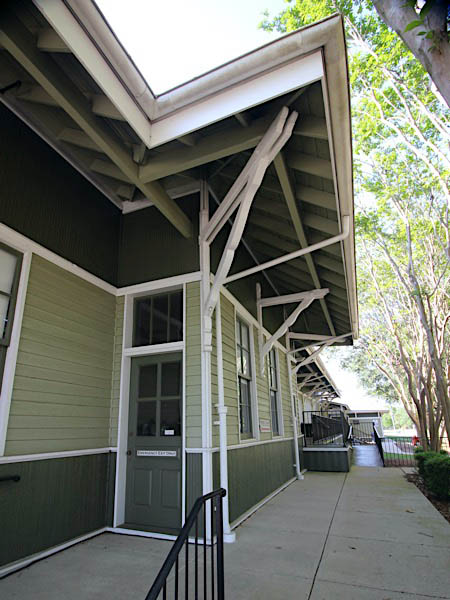
Apr 2022 / RWH

Foley, Al / Apr 2022 / RWH

Apr 2022 / RWH
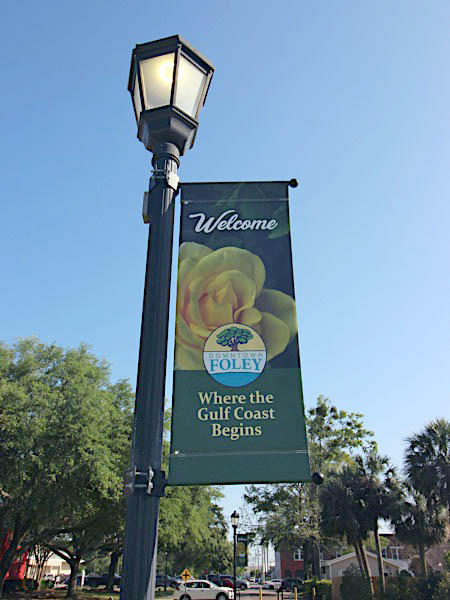
Apr 2022 / RWH

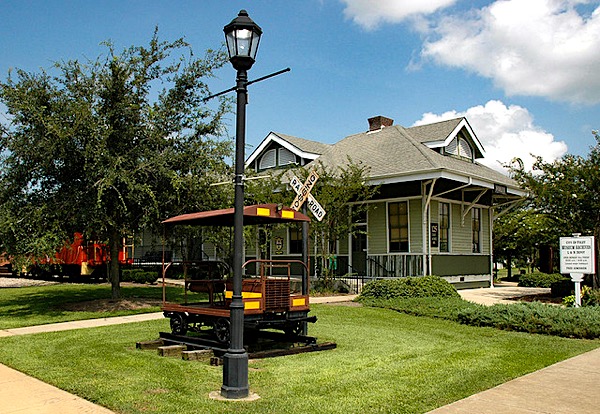
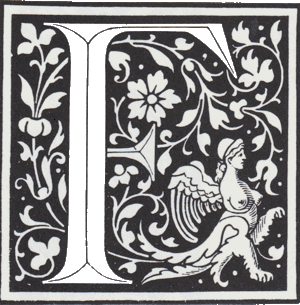 oley was named for its founder, John B. Foley of Chicago. In 1902 he bought approximately 50,000 acres of land and became instrumental in the development of rail service to make travel to the area easier.
The first railroad station was built in 1905 and service from L&N Railroad began. The original station burned in 1908 and was replaced the following year by the station that is now the Foley Depot Museum.
oley was named for its founder, John B. Foley of Chicago. In 1902 he bought approximately 50,000 acres of land and became instrumental in the development of rail service to make travel to the area easier.
The first railroad station was built in 1905 and service from L&N Railroad began. The original station burned in 1908 and was replaced the following year by the station that is now the Foley Depot Museum.
The city was incorporated in 1915 and, with its rail service in place, became the economic hub of South Baldwin County, warehousing and shipping local farm products, notably potatoes. Through the years, the agricultural economy has remained strong. Although the railway service was discontinued in the 1970s, Foley’s location – convenient to interstate highways, international shipping and air service – has remained a driving force in its development.
While much of this coastal region is heavily tourism-dependent, the City of Foley has maintained a broader economic base. Along with the addition of attractions and businesses in the hospitality industry, the city and the entire South Baldwin area continue to see tremendous growth in all industries, both in the expansion of established businesses and the addition of new businesses into the community.

Foley, Al / Apr 2022 / RWH
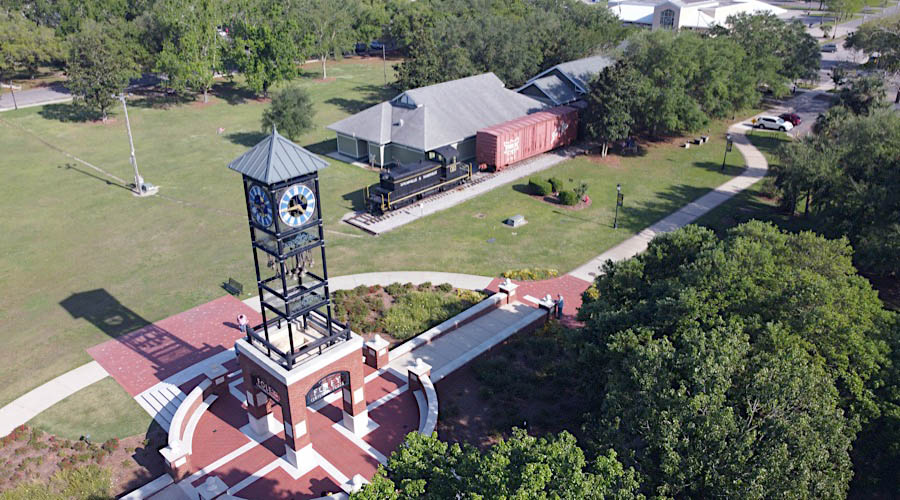
Foley, Al / Apr 2022 / RWH
Equipment
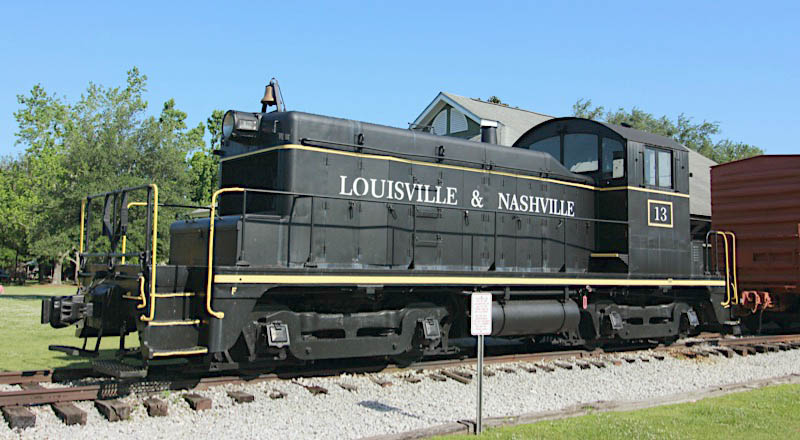
Louisville & Nashville #13
Foley, Al / Apr 2022 / RWH


Louisville & Nashville #13
(1 of 5 SW1s built for L&N)
to Silcott Railway Equipment Ltd
to Foley Railroad Museum

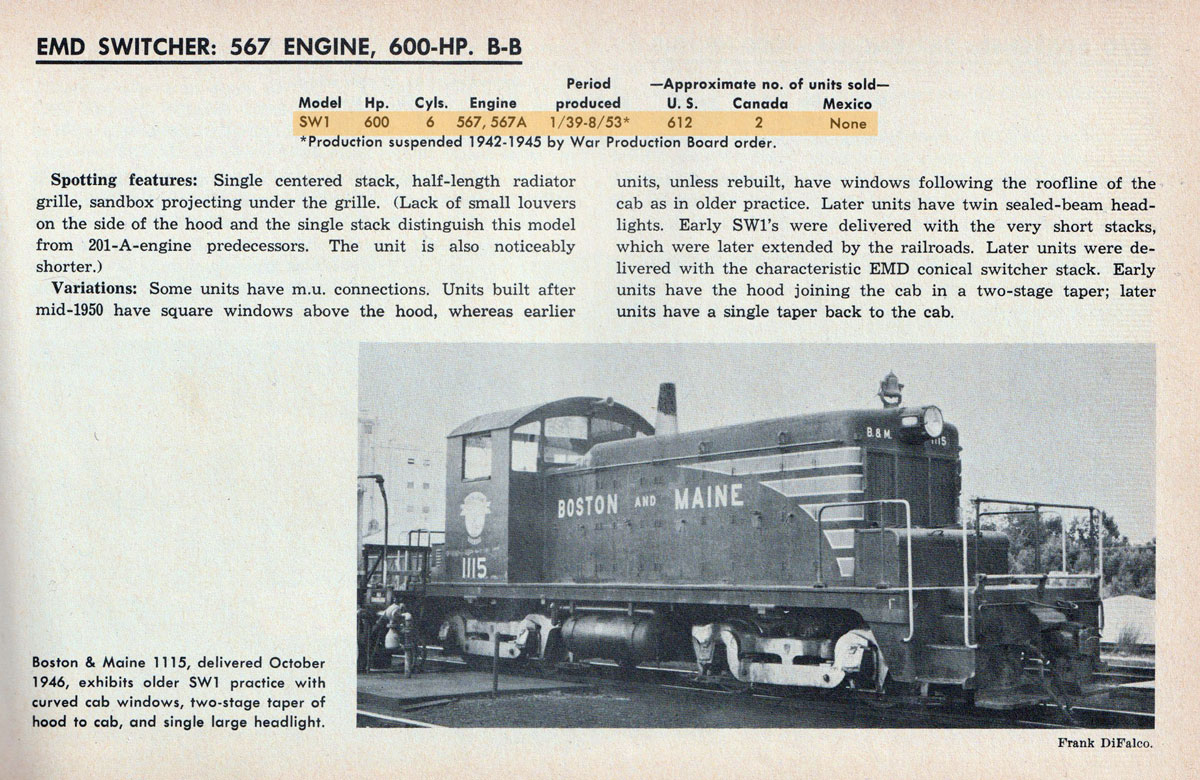
from Second Diesel Spotters Guide by Jerry Pinkepank / collection

Apr 2022 / RWH
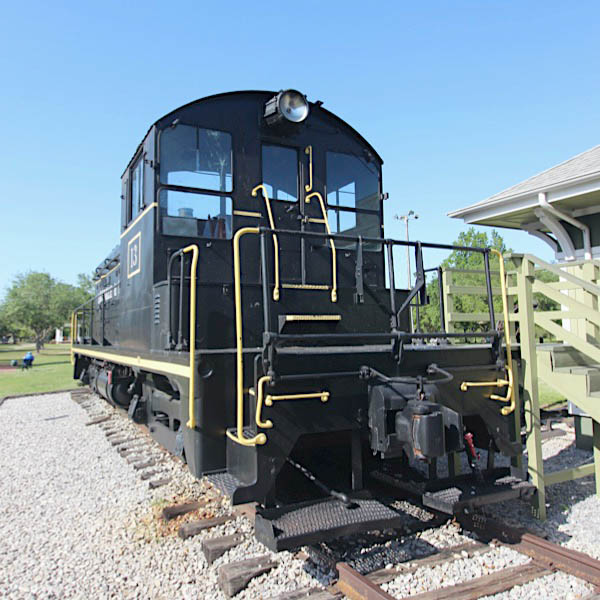
Apr 2022 / RWH
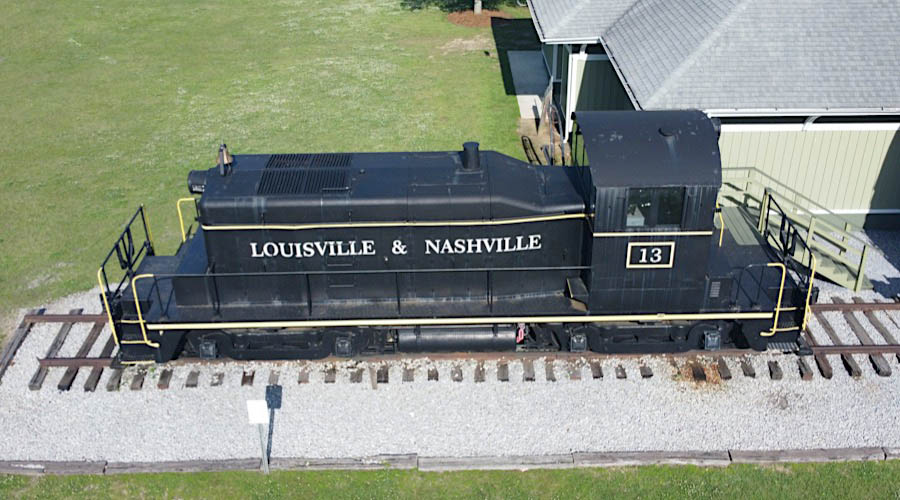
Foley, Al / Apr 2022 / RWH
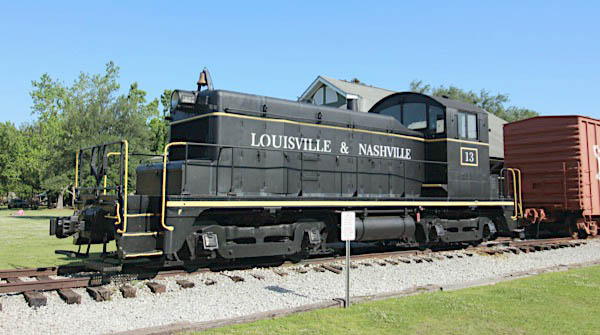
Foley, Al / Apr 2022 / RWH
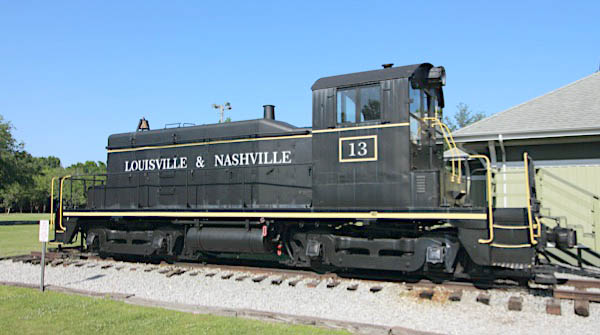
Foley, Al / Apr 2022 / RWH
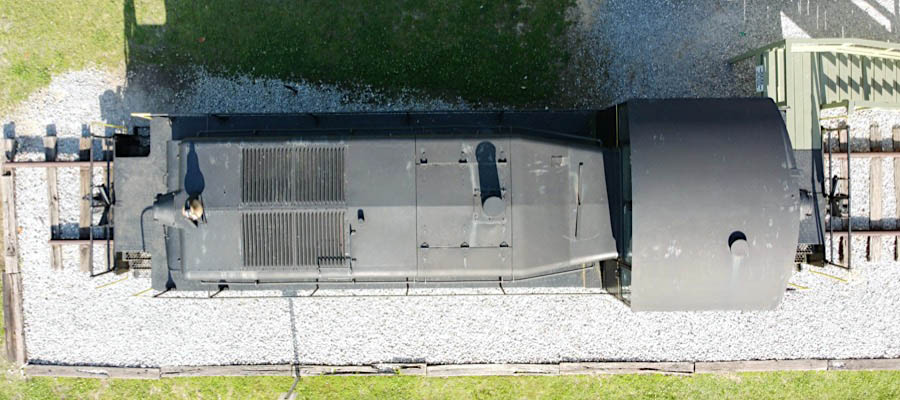
Foley, Al / Apr 2022 / RWH
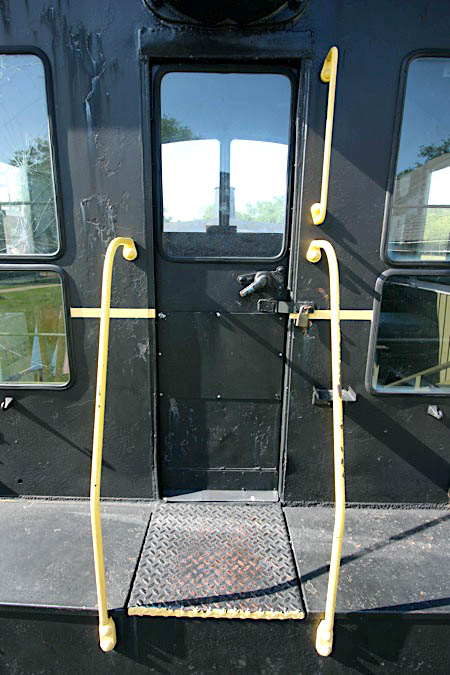
Apr 2022 / RWH
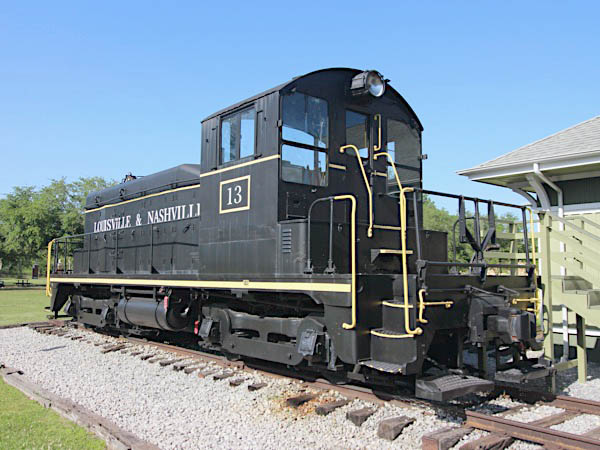
Foley, Al / Apr 2022 / RWH
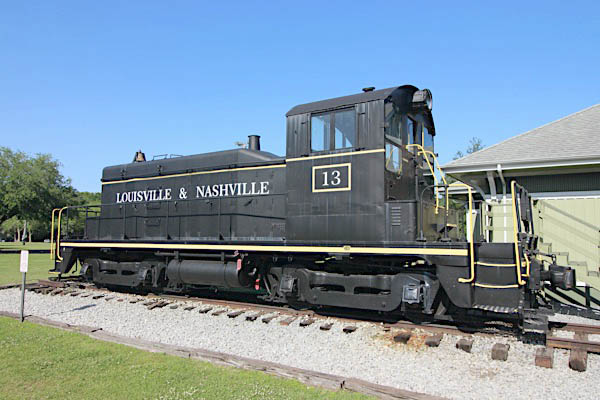
Foley, Al / Apr 2022 / RWH
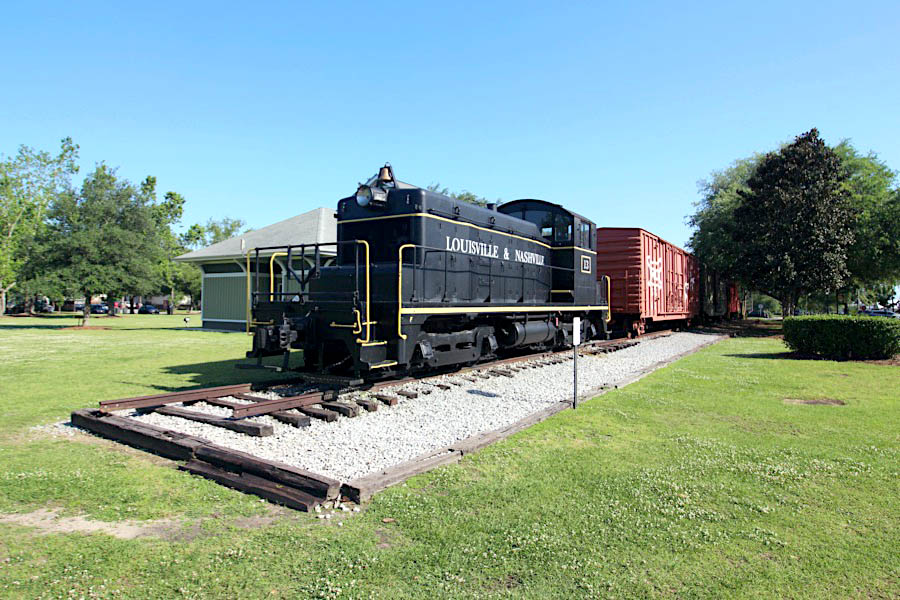
Foley, Al / Apr 2022 / RWH
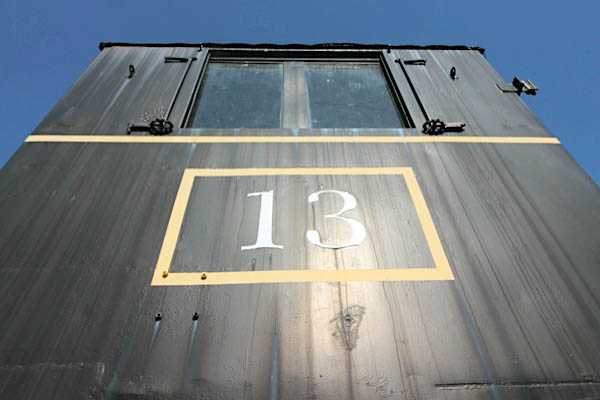
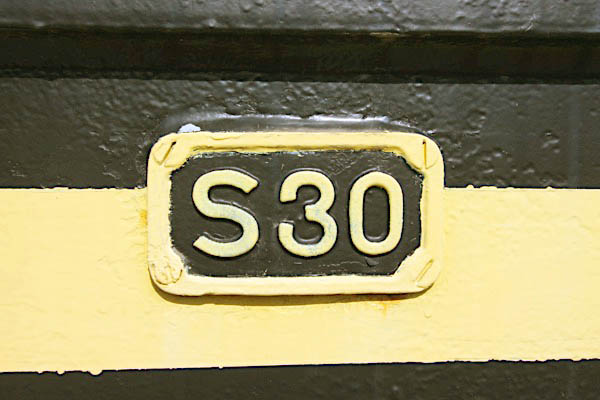
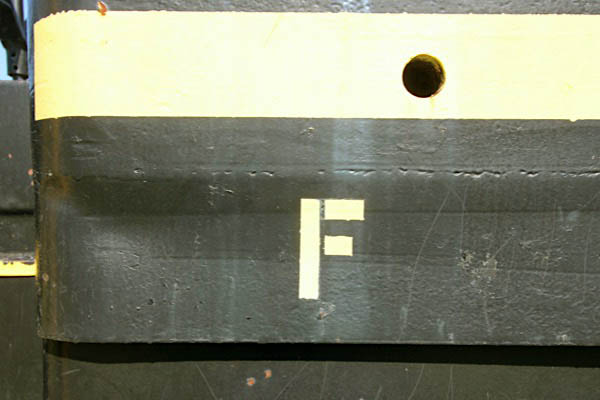
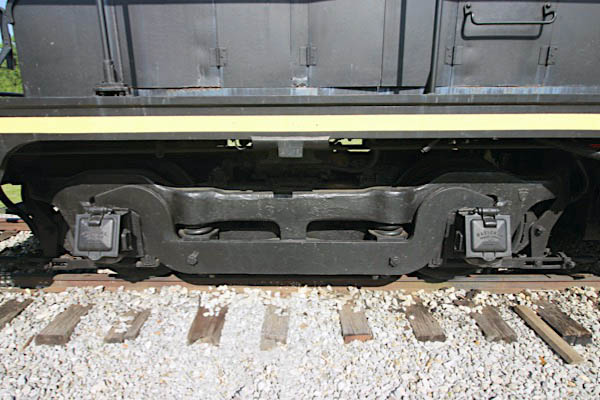
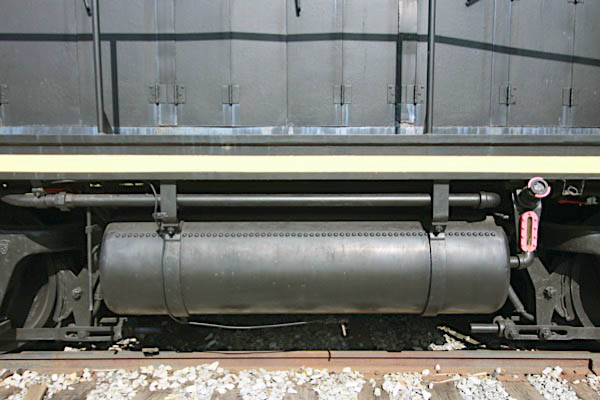
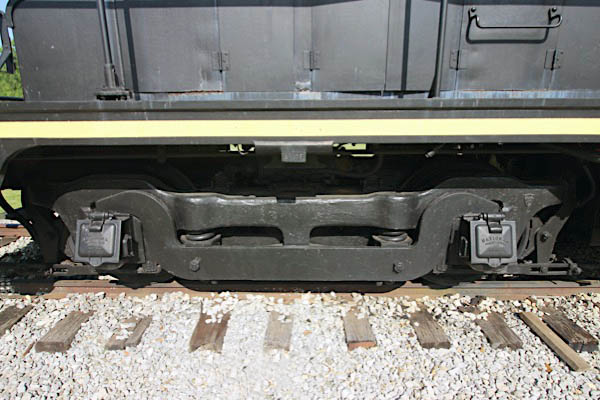
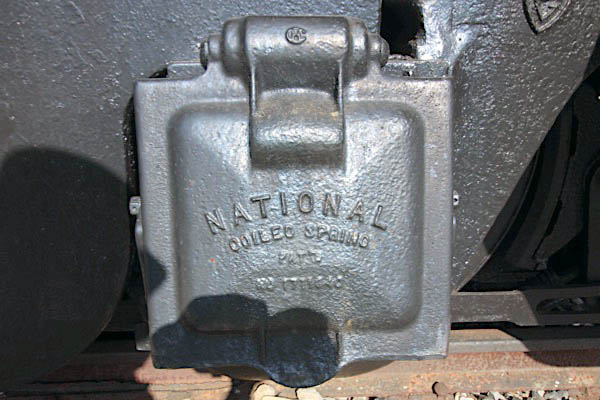
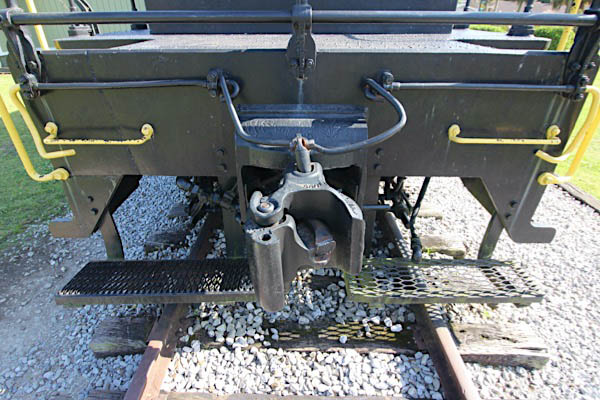
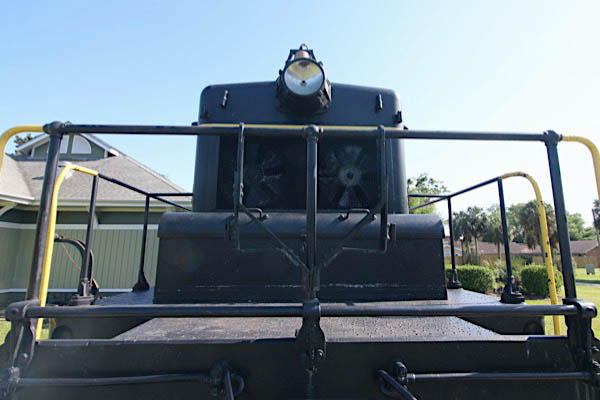
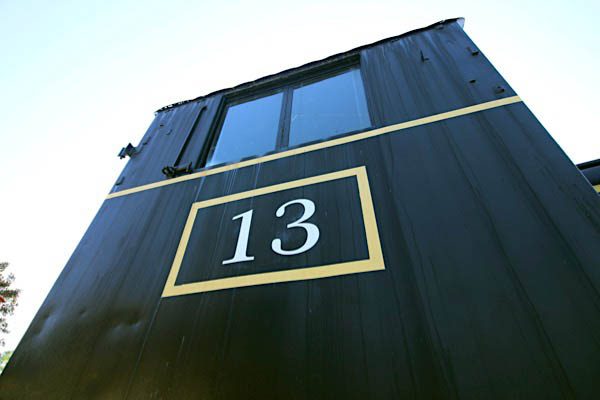

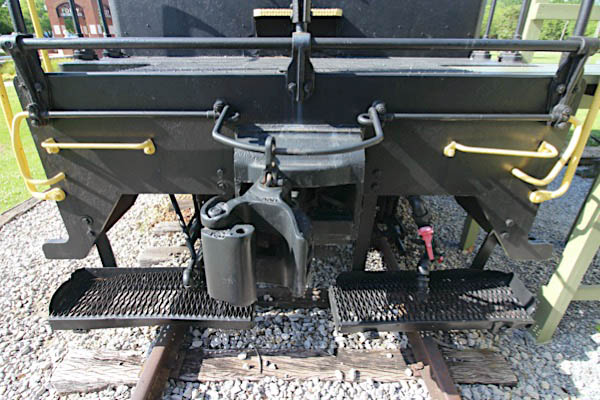

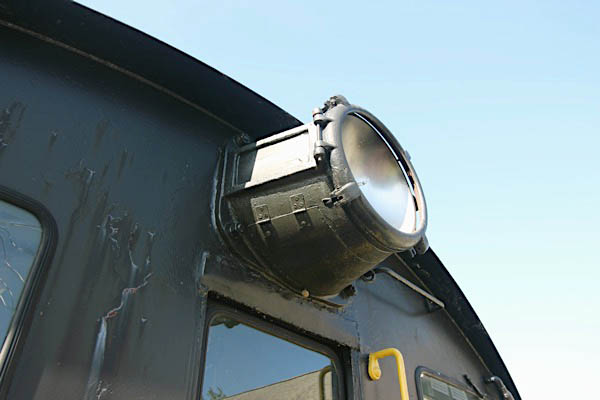
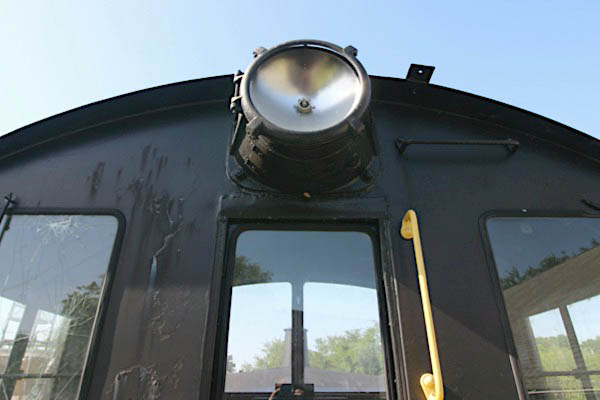
Apr 2022 / RWH
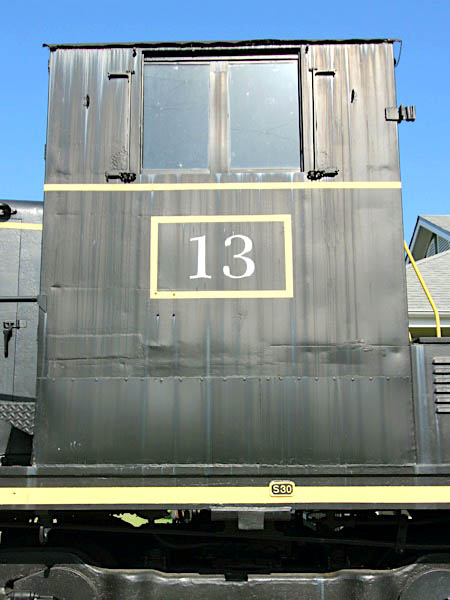
Apr 2022 / RWH
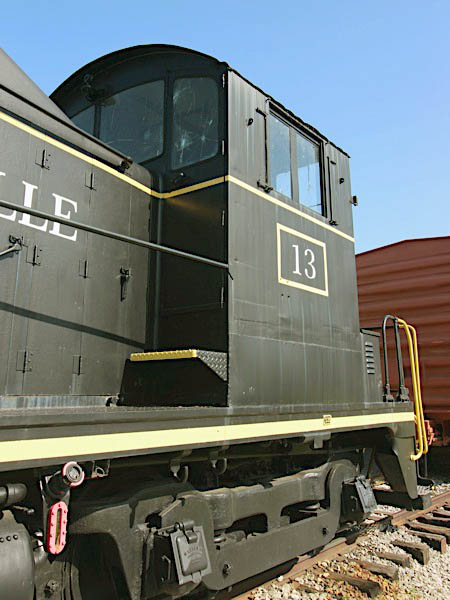
Apr 2022 / RWH
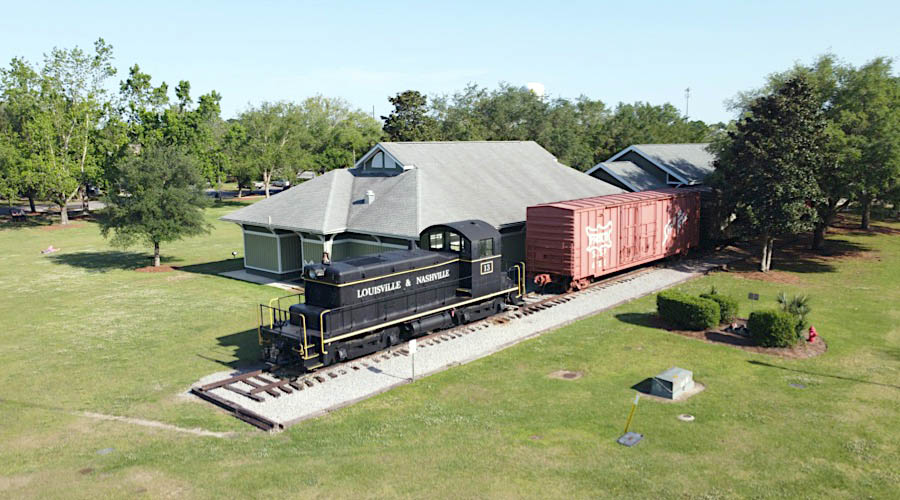
Foley, Al / Apr 2022 / RWH
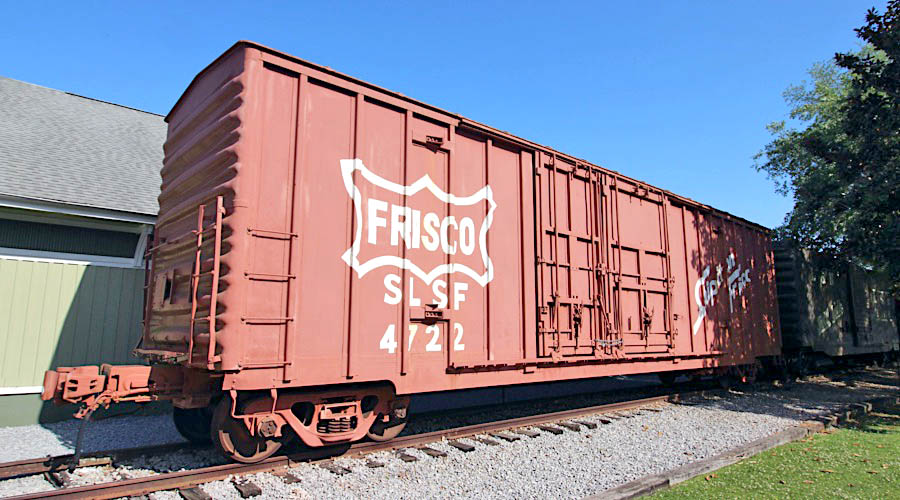
St. Louis San Francisco #4722
steel double-door boxcar / Foley, Al / Apr 2022 / RWH
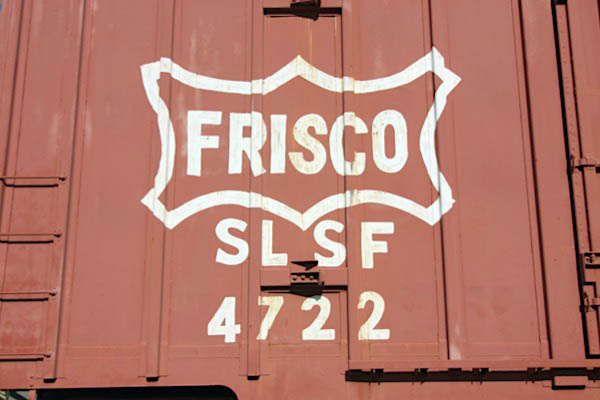
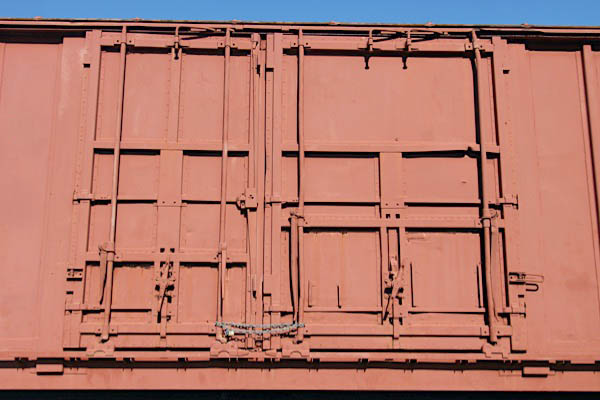

Apr 2022 / RWH
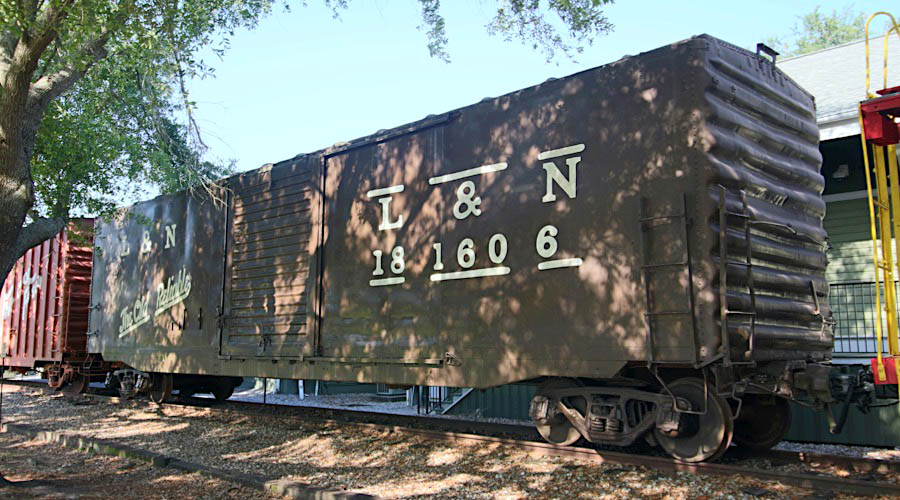
Louisville & Nashville #181606
steel boxcar / Foley, Al / Apr 2022 / RWH

Louisville & Nashville #158
steel high-vision caboose / Foley, Al / Apr 2022 / RWH
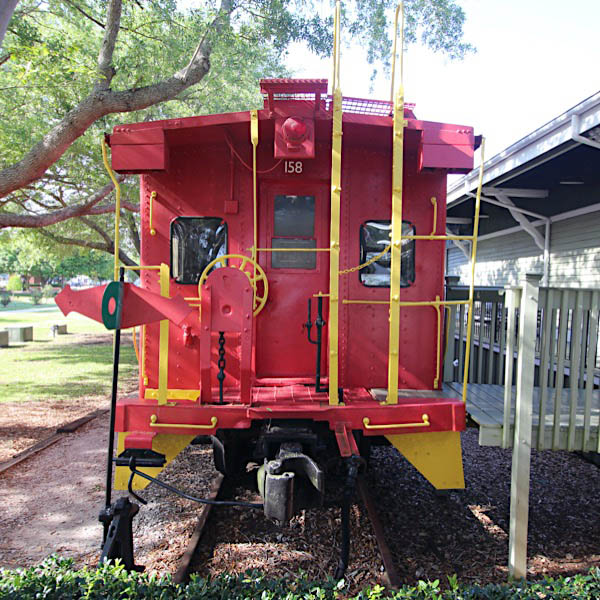
Apr 2022 / RWH

Foley, Al / Apr 2022 / RWH

Foley, Al / Apr 2022 / RWH
 Lagniappe
Lagniappe
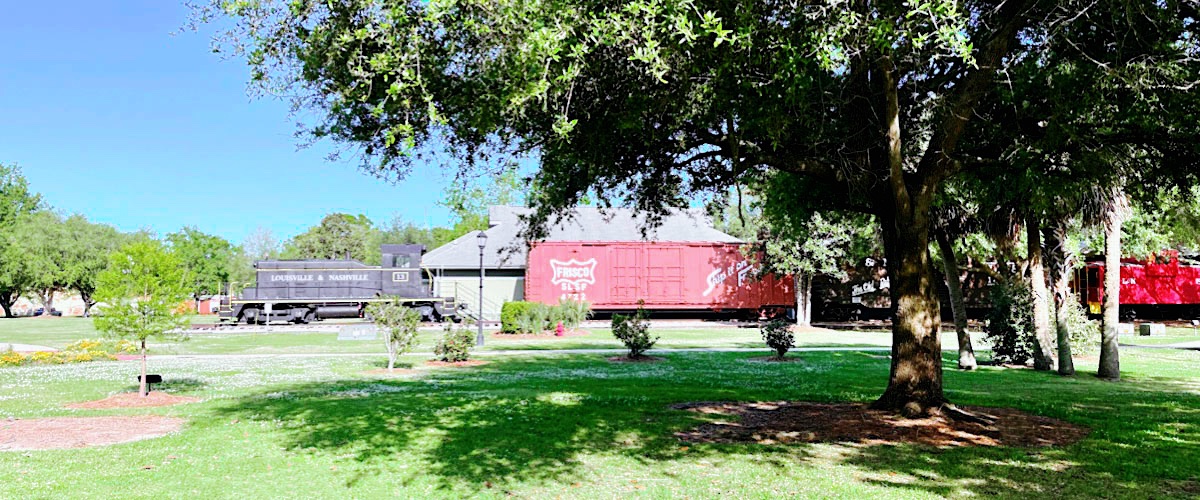
Foley April Afternoon
Foley, Al / Apr 2022 / RWH
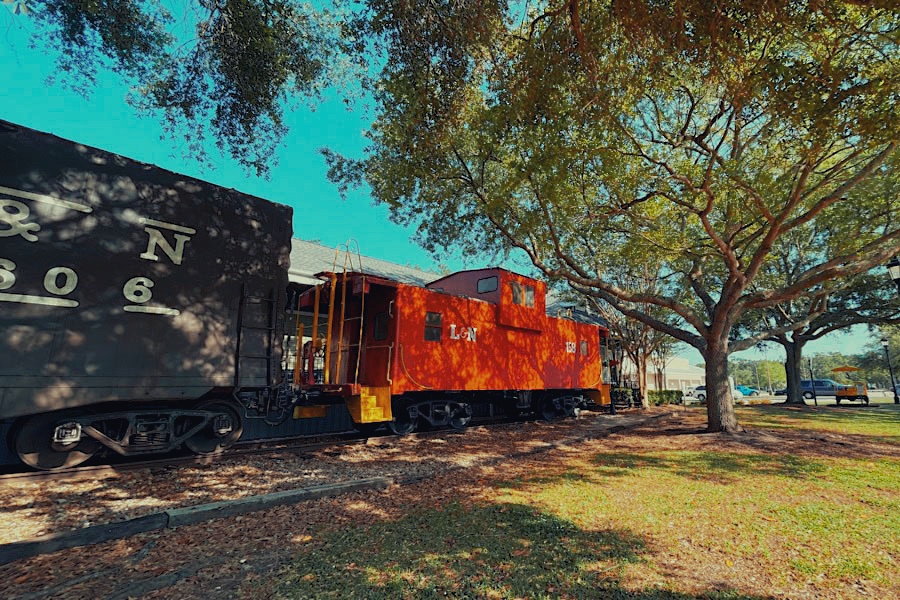
Retired in the Shade
Foley, Al / Apr 2022 / RWH

A Welded Wonder
Foley, Al / Apr 2022 / RWH
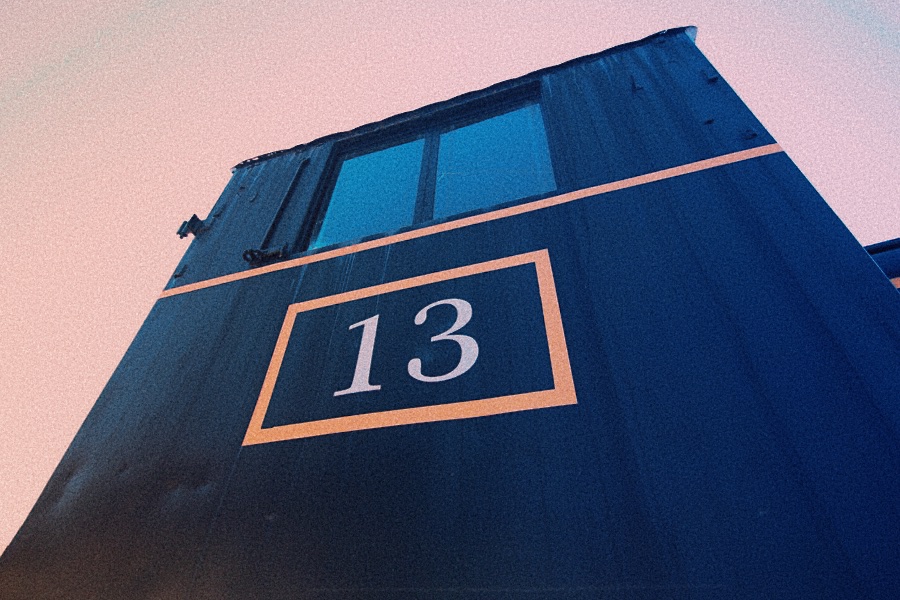
Fortress of Solitude
Foley, Al / Apr 2022 / RWH
 Snapshots
Snapshots

Foley, Al / Apr 2022 / RWH
Links / Sources
- Foley Railroad Museum website
- Encyclopedia of Alabama page
- City of Foley Alabama website
- Wikipedia article for Foley Alabama
